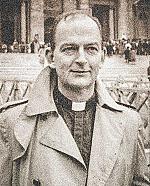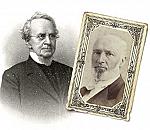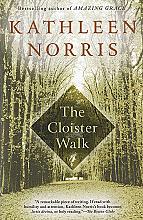Vatican II: 101
When: Announced in 1959, convened in 1962, and lasted until 1965
Where: In Rome, at the Vatican
Who: Pope John XXIII (1881–1963) convened the council with the express interest of addressing the issues of modernity; it was continued by his successor Paul VI (1897–1978). Around 2,600 Roman Catholic bishops, clergy, and members of male religious orders attended, plus invited theological experts and Eastern Orthodox and Protestant observers. After a complaint 23 Catholic women were admitted as auditors.
What happened: The council released 16 documents. It revised the liturgy, included more Scripture in the service, encouraged clergy to celebrate Mass in the vernacular, and made the service less ornate and more streamlined. It also released some restrictions on religious orders and encouraged dialogue with Protestants and with non-Christian religions (especially Judaism). The initial motivation behind many of these reforms came chiefly from the nouvelle theologians and their emphasis on Scripture and the church fathers.
By the editors
[Christian History originally published this article in Christian History Issue #129 in 2019]
Next articles
25 years of talking together
Evangelicals and Catholics seek to work out theological statements both can agree upon
Christian History and Timothy GeorgeFreedom for tradition
The Lutheran tendency to defy denominational categories has been a strength as they seek renewal
Robert SalerRestless and reforming
The Mercersburg Theology presented Reformed Christians with a link to the past—if they chose to use it
D. G. HartFrom Manhattan to the monastery
Kathleen Norris thought she would make her name as a poet. Instead her greatest legacy came from her spiritual memoirs.
Jennifer Woodruff TaitSupport us
Christian History Institute (CHI) is a non-profit Pennsylvania corporation founded in 1982. Your donations support the continuation of this ministry
Donate






